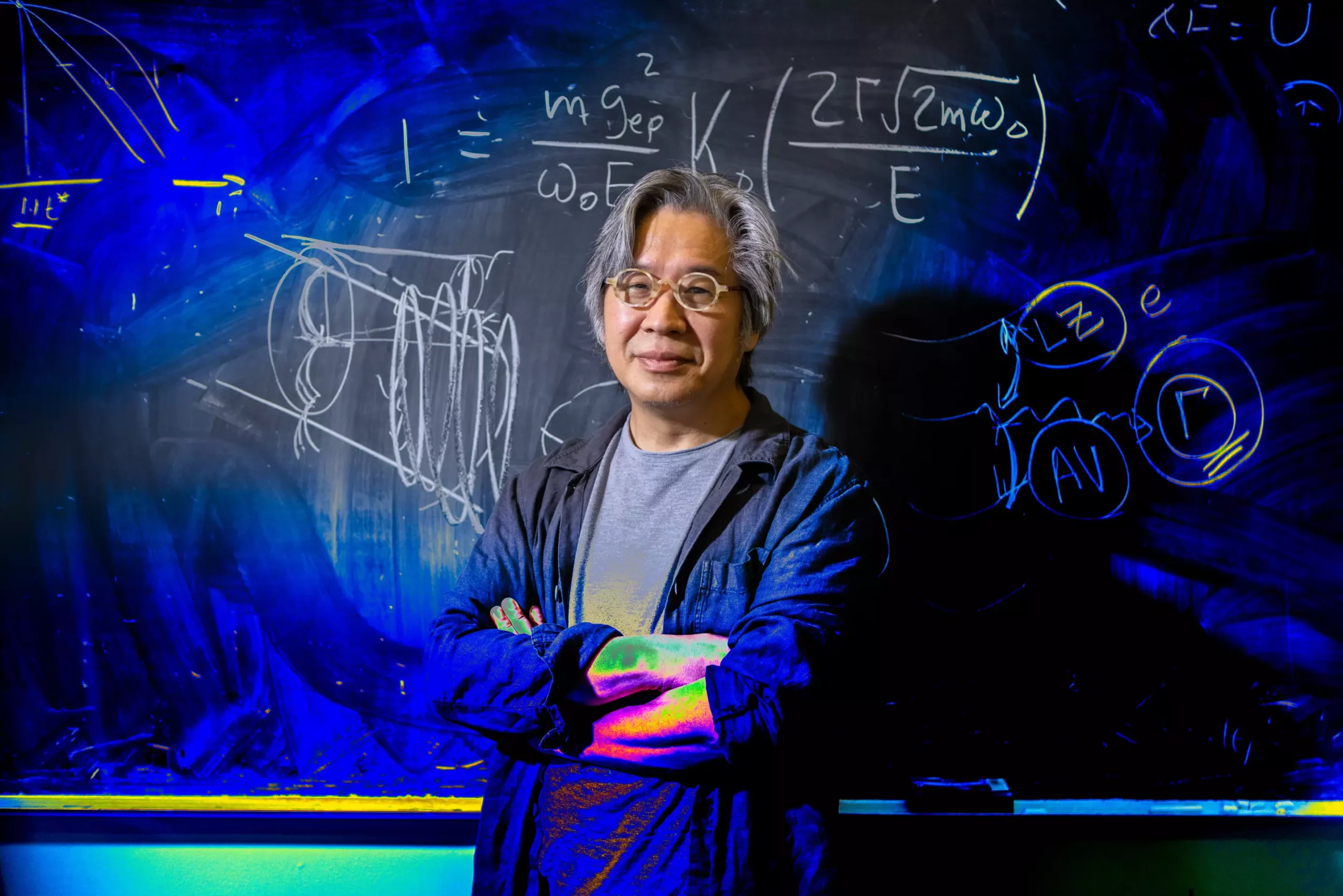In the realm of materials, two main categories dominate: metals and insulators. Metals, such as copper and iron, possess free-flowing electrons that enable them to conduct electricity. On the other hand, insulators like glass and rubber have tightly bound electrons and therefore do not conduct electricity. This stark contrast in behavior has long fascinated scientists in the field of condensed matter physics.
The behavior of insulators can change under the influence of an intense electric field, leading to a phenomenon known as resistive switching. This intriguing behavior holds enormous potential for advancements in microelectronics and supercomputing. However, the physics underlying these insulator-to-metal transitions, specifically resistive switching, remain poorly understood. Scientists, including Jong Han, a condensed matter theorist at the University at Buffalo, have been fervently debating questions surrounding this phenomenon.
Jong Han has taken a fresh approach to unravel the long-standing mystery of insulator-to-metal transitions. As the lead author of a study published in Nature Communications, Han presents a new perspective on this intriguing behavior. The study, titled “Correlated insulator collapse due to quantum avalanche via in-gap ladder states,” delves into the differences between metals and insulators from a quantum mechanical standpoint. Han explains that metals and insulators differ due to the quantum nature of electrons, which exist in energy bands with forbidden gaps.
Traditionally, the Landau-Zener formula has guided scientists in determining the electric field magnitude necessary to propel an insulator’s electrons from lower bands to upper bands. However, experimental findings over the years have revealed that materials require an electric field approximately 1,000 times smaller than what the Landau-Zener formula predicts. This significant discrepancy has raised questions about the accuracy of the existing theory, emphasizing the need for a more precise and comprehensive explanation.
To address this challenge, Han shifted the focus to a different question: What happens when electrons already reside in the upper band of an insulator and are subjected to an electric field? Through meticulous computer simulations of resistive switching, Han uncovered that a relatively small electric field could trigger the collapse of the gap between the lower and upper bands. This collapse creates a quantum pathway that enables the electrons to move freely between the bands. Han proposes an analogy where electrons on different floors of a building can flow up and down when an electric field tilts the floor, opening up previously forbidden quantum transitions.
Han’s novel idea helps reconcile some of the discrepancies observed in the Landau-Zener formula. It also sheds light on the ongoing debate surrounding insulator-to-metal transitions, particularly whether they are caused by electrons themselves or extreme heat. According to Han’s simulations, the quantum avalanche is not triggered by heat alone. However, the full insulator-to-metal transition does not occur until the separate temperatures of the electrons and phonons, which are quantum vibrations of the crystal’s atoms, reach equilibrium. This suggests that electronic and thermal switching mechanisms are not mutually exclusive but can occur simultaneously.
Han affirms that this study serves as an initial step towards understanding the intricacies of the resistive switching phenomenon. Co-author Jonathan Bird, a professor and chair of electrical engineering at UB, provides experimental context and emphasizes the potential of electrical phenomena in emergent nanomaterials for developing new microelectronic technologies. These technologies hold promise for revolutionizing data-intensive applications like artificial intelligence. Additionally, Bird highlights the relevance of this research to the field of neuromorphic computing, which aims to replicate the electrical stimulation of the human nervous system. However, the primary focus of the research remains on unraveling the fundamental physics underlying these phenomena.
The study involves collaboration with other researchers, including Xi Chen, a physics Ph.D. student at UB, and Ishiaka Mansaray and Michael Randle, both postdocs who have since moved on to prestigious institutions. International researchers from the Swiss Federal Institute of Technology in Lausanne, Pohang University of Science and Technology, and the Center for Theoretical Physics of Complex Systems have also made significant contributions to the study. This collaborative effort showcases the importance of bringing together diverse expertise to unravel complex scientific phenomena.
Future Directions
Since the publication of the paper, Han has developed an analytic theory that aligns well with the computer simulations. Nonetheless, there is still much to explore, such as the precise conditions required for a quantum avalanche to occur. Han acknowledges that there is more work ahead to fully comprehend the intricacies of insulator-to-metal transitions and resolve any lingering questions raised by experimentalists. The ongoing pursuit of knowledge in this field holds great potential for technological advancements and a deeper understanding of the quantum behavior of materials.


Leave a Reply